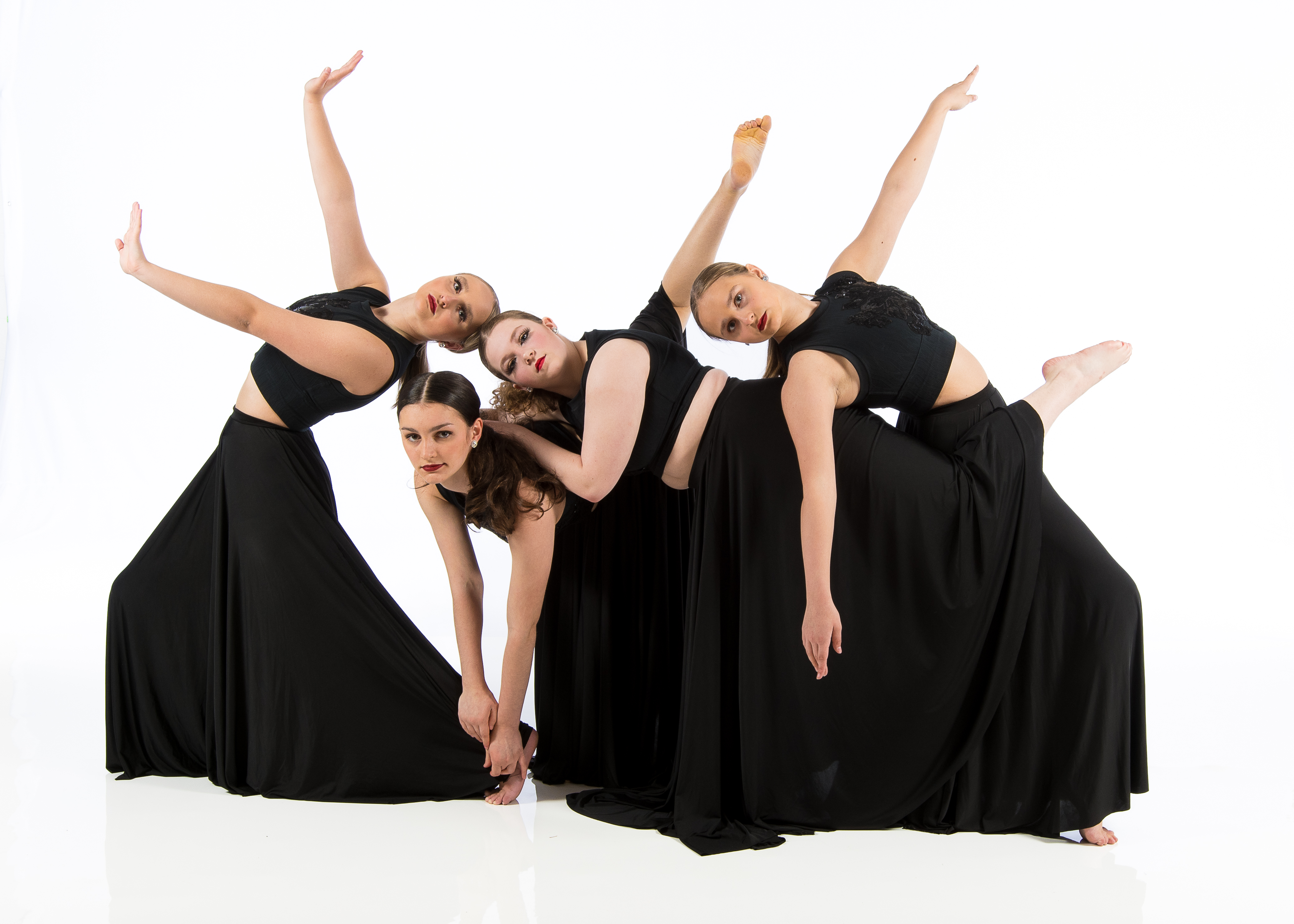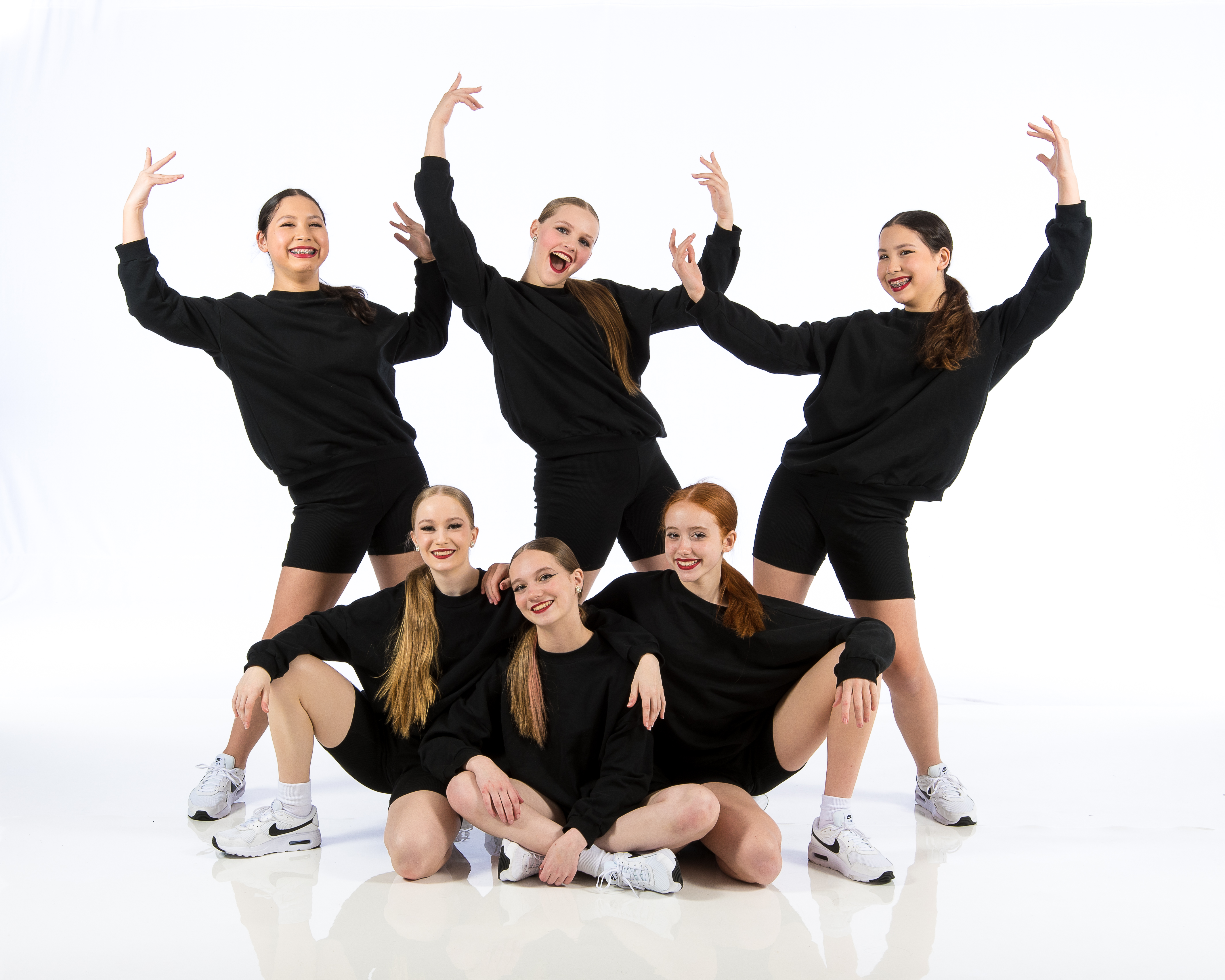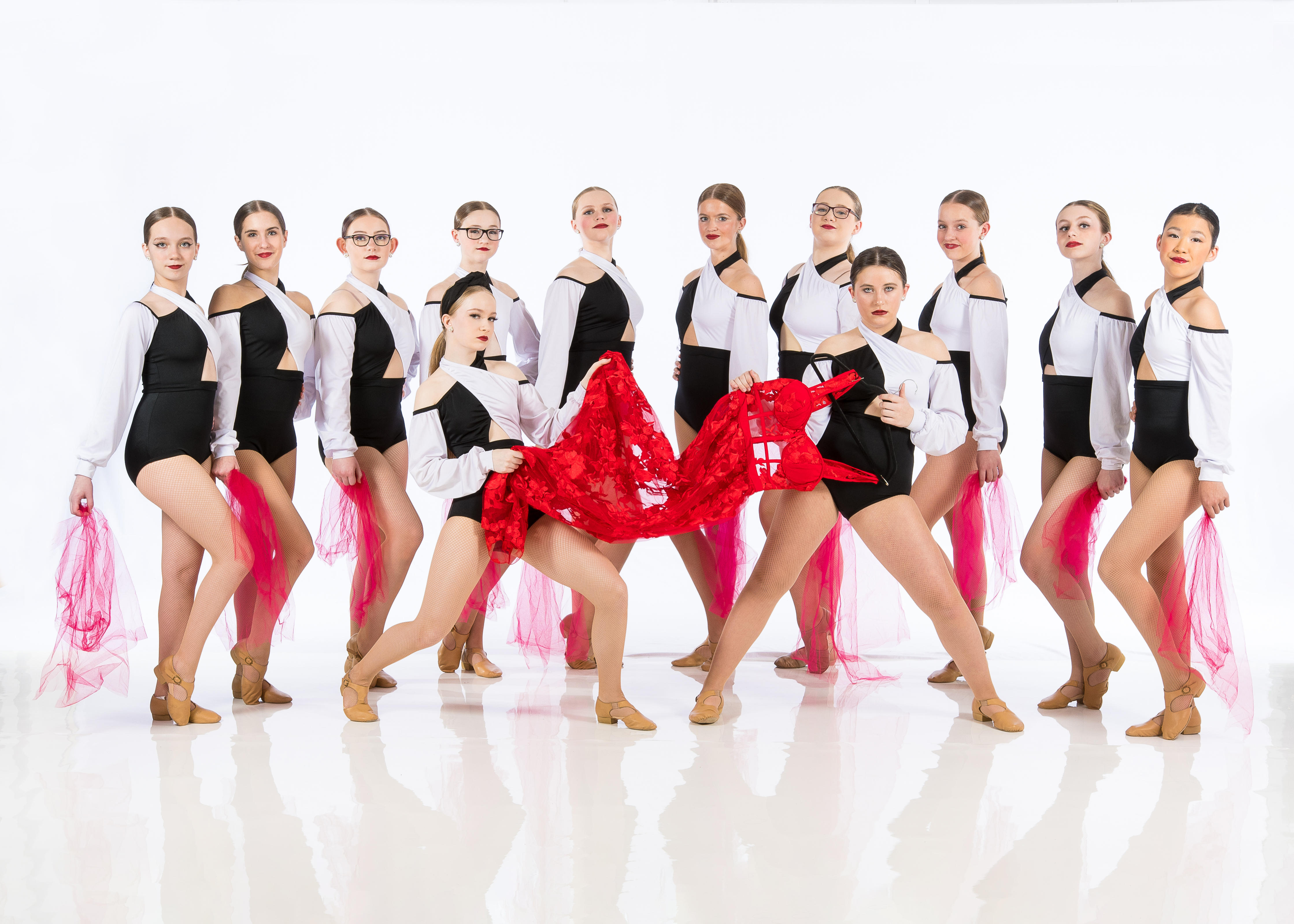Introduction
Dance is an art type that transcends obstacles, unites communities, and bursts with the vitality of human expression. Whether you're a budding professional dancer entering a dance studio for the very first time or an experienced entertainer aiming to fine-tune your craft, comprehending dance studio etiquette is important for ensuring a positive experience. This considerable guide labelled From Amateur to Specialist: Browsing Dance Studio Rules for an Unified Experience will certainly take you with every facet of dance studio habits, offering understandings that will boost your experience and foster stronger relationships within the dancing community.
Understanding Dance Studio Etiquette
What is Dance Studio Etiquette?
Dance workshop etiquette refers to the collection of rule of thumbs and social norms that govern behavior in a dancing classroom setup. Similar to any other artistic environment, appreciating these standards can improve not only your learning experience but also that of your peers.
Why is Dance Studio Etiquette Important?
Adhering to appropriate decorum aids produce an ambience of respect, focus, and partnership. It fosters a sense of community and enables dancers to support each various other in their growth while reducing disturbances during class.
From Amateur to Professional: The Importance of First Impressions
Preparing for Your Initial Class
Walking into a dance studio for the first time can be stressful. To make an unforgettable impression:
- Dress appropriately: Use comfy clothing appropriate for the kind of dancing you're studying. Arrive early: Objective to reach the very least 10-- 15 minutes before course starts. This offers you time to check in, heat up, and resolve in.
Greeting Your Instructor
A pleasant welcoming sets the tone for your experience. Constantly introduce yourself if it's your extraordinary! A simple "Hello" or "Greetings" can go a lengthy way in establishing rapport.

Classroom Conduct: The Do's and Do n'tshtmlplcehlder 46end.
Do's: Positive Behaviors
Be Respectful: Regard everyone's personal space-- especially when exercising moves. Listen Actively: Program listening when instructors are talking; it shows you value their guidance. Support Your Peers: Encourage fellow dancers; positivity breeds encouragement.Don'ts: Unfavorable Behaviors
Avoid Disturbances: Keep personal conversations outside the classroom. Don't Usage Your Phone: Silence your phone during course; it's disruptive. Refrain from Interrupting: Wait till the trainer coatings before asking questions.The Role of Individual Room in Dance Studios
Understanding Boundaries
Personal room differs from person to person, particularly in a dancing setting where physical proximity is frequently necessary during method routines.
Communicating Comfort Levels
If you feel uncomfortable with how close another professional dancer is getting throughout partnered workouts or developments, it's crucial to interact this pleasantly and professionally.
Maintaining Professionalism: Outfit Code and Grooming
Importance of Proper Attire
Each dancing design commonly has its own outfit code-- whether it be leotards for ballet or loose-fitting apparel for hip-hop courses-- sticking to these requirements shows respect for both your craft and your instructor.
Personal Hygiene Matters
Dancing needs physical effort, which can cause perspiration. Ensure you maintain excellent hygiene by showering prior to course and putting on tidy attire.
Behavior Throughout Course: Focusing on Learning
Engaging with Instruction
It's important to remain concentrated during presentations. Instead of merely viewing, proactively involve by visualizing how you would certainly implement each movement.
Asking Questions Appropriately
Curiosity boosts finding out! If something isn't clear, do not hesitate to ask concerns-- but ensure they matter and posed at ideal times (ideally after guidelines).
Feedback: Accepting Useful Criticism
Accepting Comments Gracefully
Constructive criticism is part and parcel of growth in any type of art type. Accept responses with an open mind and avoid ending up being defensive; keep in mind that critique aims to help enhance your skills!
Offering Responses Thoughtfully
When offering comments to peers, ensure it's useful as opposed to important; focus on what they succeeded along with areas for improvement.
Creating Harmony Through Teamwork
The Relevance of Team Spirit
In several dance styles, synergy plays a crucial duty; establishing camaraderie with fellow dancers causes improved performances.
Collaborating Throughout Team Exercises
When involved in group tasks or choreography practices, motivate imagination by respecting every person's ideas while likewise adding your own constructively.
Handling Conflicts Gracefully
Addressing Disputes Maturely
Conflict might arise as a result of misconceptions or differing viewpoints on choreography choices. Take on these issues privately instead of publicly airing complaints which can interrupt course harmony.
Seeking Arbitration When Necessary
If disputes rise beyond individual resolution initiatives-- seek support from instructors that can moderate efficiently based on their experience handling similar situations.
Post-Class Etiquette: Leaving on an Excellent Note
Thanking Instructors After Class
Always express gratefulness in the direction of your instructor after lessons; this reinforces favorable relationships while acknowledging their difficult work!

Keeping the Workshop Clean
Whether it's grabbing water bottles or nicely setting up props post-class-- preserving tidiness shows respect for shared areas used by all dancers!
Engaging Beyond Course Time: Building Community Relationships
Joining Social Events
Participate in get-togethers organized by workshops such as showcases or open houses-- these gatherings use chances for networking while improving community connections outside structured lessons!
Supporting Fellow Dancers' Performances
Attending peers' efficiencies demonstrates uniformity within the dance community-- it motivates involvement past simple attendance at classes!
Frequently Asked Questions (FAQs)
1. What should I use for my initial dancing class?

2. Is it fine to speak during class?
It's ideal method not to engage in side conversations during guideline as this distracts both instructors & & fellow pupils alike!
3. Exactly how do I manage feeling overwhelmed?
Take deep breaths & & remind on your own that every professional dancer began somewhere! Communicate any struggles with teachers that may provide extra support if needed!
4. Suppose I differ with choreography choices?
Express worries respectfully either independently or within assigned responses sessions instead of freely critiquing during wedding rehearsals; maintaining professionalism and reliability aids solve disputes amicably!
5. Should I bring water right into the studio?
Absolutely! Staying hydrated boosts performance degrees; simply make certain containers are firmly closed so spills do not take place on floors where others are dancing!
6. Exactly how crucial is punctuality?
Punctuality is critical as showing up late interrupts concentration levels while triggering diversions; objective always show up early adequate enabling time workout appropriately before classes commence!
Conclusion
Navigating through a dance studio atmosphere can seem intimidating initially look but mastering appropriate decorum eventually changes one's journey from novice condition towards experienced level artistry! By adhering very closely well established actions described throughout this overview entitled From Amateur To Expert: Navigating Dance Studio Rules For An Dance Classes Unified Experience *, you'll cultivate important friendships within communities enriched creativity while honing technological prowess along with valued advisors! So lace up those footwear with confidence tip onto that floor-- the world awaits your unique expression via movement!